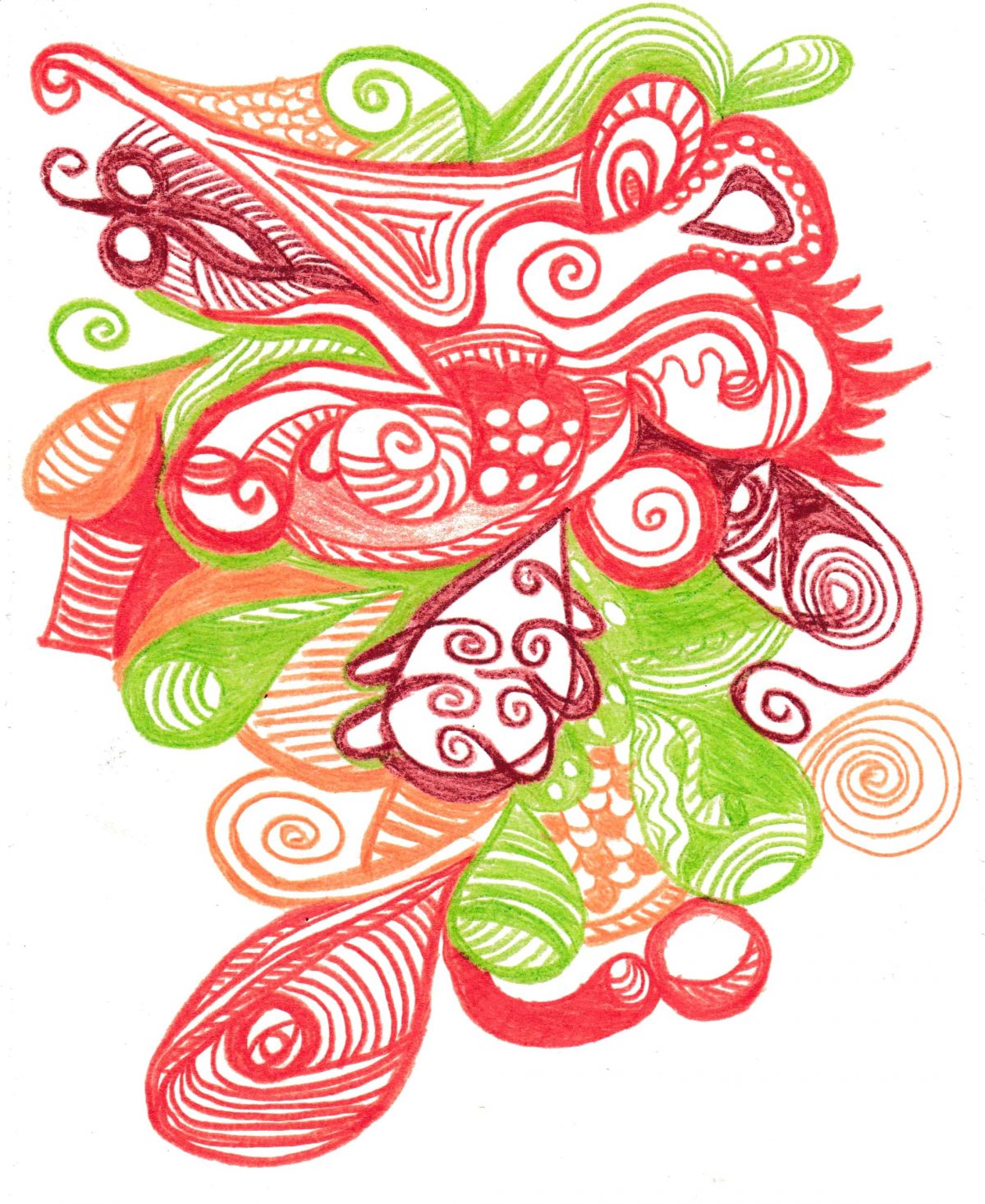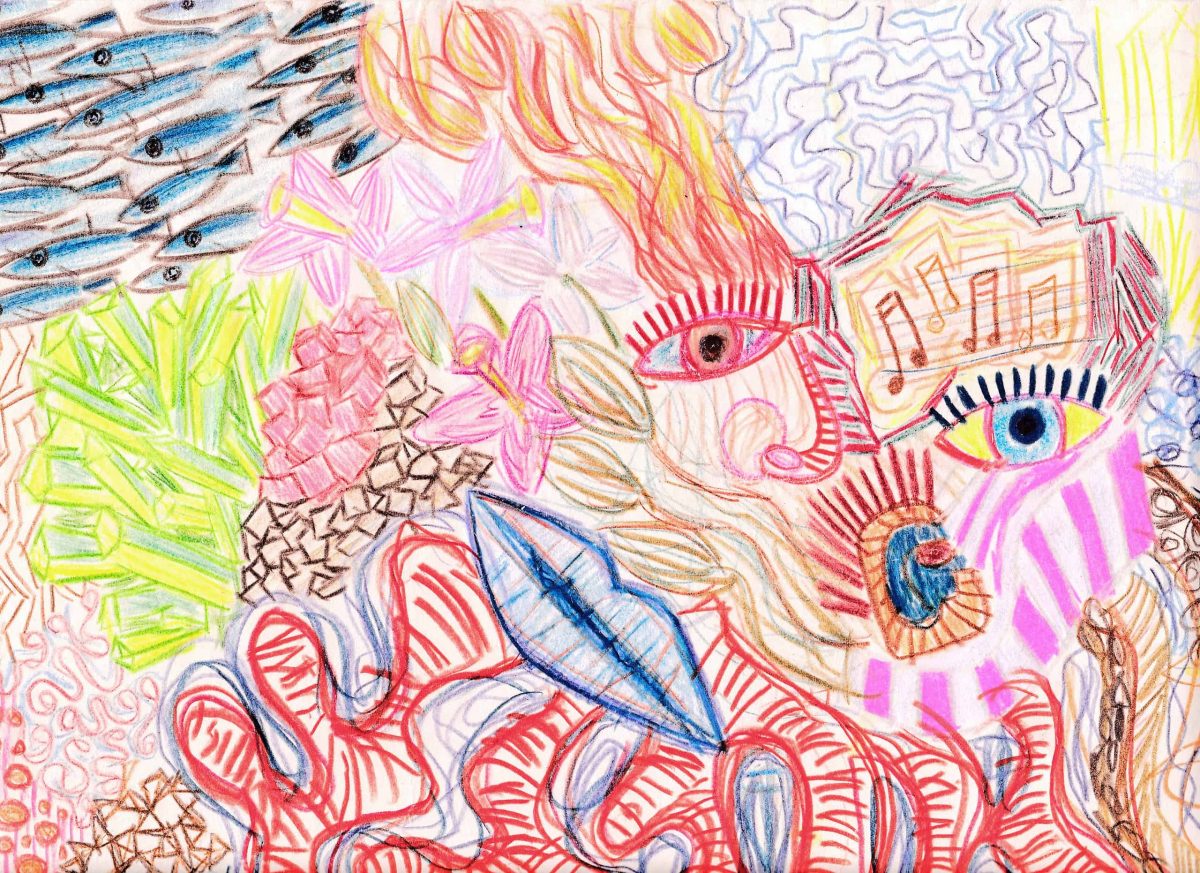
When they eventually did return our phones, it was under a strong proviso. We had to sign a type of non-disclosure agreement/contract before we could even touch them:
Absolutely no photographs under any circumstances, and especially not of anyone or their face (they made that explicity clear); no social media use at all; and finally not reveal anyone other patients’ identity to anyone, not while inside or even after being released. The nurse eyed the high-dependency ward as they explained the importance of adherence to these additional set of rules and regulations. Non-compliance meant there would be no second chances… no further privileges… privileges revoked… I even think they explained that to us too… I still managed to pop off a shot or two of my bedroom when no one was looking…
And so they are in complete control. It was around this point that I realised that there was literally nothing I could do about my situation. That I was not in control anymore. And that I simply had to accept where I was. From this point on, I think I was more concerned about eliminating this great sense of underlying boredom that I was feeling more than enacting any of my suicidal thoughts.
Even so, I was in such a state of shock, that for several days I didn’t even realise there was an art therapy room! It adjoined the main room, located right next to the kitchen. It was always locked and we had to ask for it to be opened (on the inside, you had to ask for everything). It was very rudimentary, but it was an extra space I could go. I could not look at the acrylic paints (too brightly coloured) or the paintbrushes (mangled), but the coloured pencils were more than satisfactory.
I discovered this beautiful artwork buried under a mound of papers. This was the best art in the whole establishment! Clearly this is someone who is very creative, very talented. This artwork inspired me in a big way. I would very much like to know who drew it.
I started by sharpening all of the pencils because about half of them were blunt — all except black, because there was no black pencil. One day, I began to draw with the pencils. I was drawing on the shittiest paper imaginable. It was more like the paper that you use to wash your hands with after going to the toilet. Yet it felt so good to be finally doing something constructive.
I could feel myself becoming more creative. I mainly drew things that I had drawn before. Because I didn’t have any references to go off (no internet). I drew in little patches. Over the course of three days I added more and more. It had nearly finished and there was a small empty patch at the top left.
The next day they took over half of the pencils away! So I felt like I wasn’t able to finish; I couldn’t, because only half the pencils were left! The thing is, artists like their colours. How can they leave us without the red, blue and black?! Two of them are primaries!
I was forever asking and asserting for them to return the red and blue pencils because there was no red and blue ones left. “The black I can sort of understand because they were not here to begin with”, I proclaimed. A male nurse who was sitting with me said I was getting “agitated” — “I’m not agitated, I’m frustrated”, I quickly contended. I mean it’s a bit like asking a musician to play a guitar that is missing three strings! Isn’t it? He just didn’t seem to get it at all. He told me that it wasn’t a university equipped art room. I knew that. Of course. Still, it bothered me.
It occurred to me later that maybe I could learn something about myself from this encounter. I mean, it seems to me that art is very important to me. For others, it is clearly not. So I realise now that this –art– is something I care about, something I’m passionate about, much moreso than your average Joe.
It dawned upon me that the illustration shown above is a beautiful piece of art –although it only has four colours in it. Well I already knew about using limited colour palettes in art, but not in the sense of having half my palette inadvertently taken away from me. I started thinking about using the tools at hand. I’ve seen popular TV shows where professional photographers are forced to use the crappiest cameras imaginable. And they invariably still come up with fantastic photographs. I was also reminded about something my dad used to say: “a poor workman blames his tools”. From then on, I pretended that the lack of available hues was an intentional choice; for my next drawing, I used just three colours.
Was I being an OCD wanker about the pencils? I don’t know. You tell me. It’s totally okay now though because it made me more aware of what is important to me, my passion, my aptitude, my creative ability, my drawing skill. Some people care, other’s don’t.
One item they returned sooner than the other [electronic] ones was my Illustration book written by Andrew Hall. I was extremely glad to have something like that to continue reading. I guess they don’t see books as any kind of danger to mentally ill people?
One day, I forget which one, I took two packets of biscuits at afternoon tea time. Because there were only three biscuits to a pack! And I thought six biscuits was a fairly reasonable number to eat. One of the security nurses saw me and told me to put it back. I hadn’t even sat down. I swooped around and back it went – back into the same bowl from whence it came! The whole time, they were eyeing us like hawks. This is what I had to endure…
After about four or five days, I had talked to all but one of the patients at length. Mainly because the nurses were essentially too busy for more than a 5 minute chat. At first I didn’t know whether they were violent patients or not. So I was curious about that (for my own safety). But it turns out that they were all such a great bunch of people. All of them.
After speaking to an older, wiser nurse for almost 15 minutes, I was able to turn the experience around and look at it for what it really was: an acute rehabilitation center. She recommended trying to take what you can from the experience, to ask “what can I get out of it?”.
The next meeting was my third assessment, with two psychiatrists present, one of them new. Number three psychiatrist was a female and I really opened up to her about my childhood. I was to be released “either tomorrow or the day after”.
By this stage, I was talking to new people and slowly improving (my psychologist had previously told me I was too isolated). I was going to bed and waking up at the right time. I was eating a wider range of foods than before. But most importantly, I was talking to other people who shared the same views as mine. I was not alone. In fact I decided to stay a few extra days.
All in all I stayed a total of eight days inside that pyschiatric hospital ward. Others had been in there anything from one day, to one month (and in one case, five months). Towards the end of my penultimate day, the same porky pyschiatrist came into my room and asked me the exact same question, just like he had asked me the week before. This time, I answered ‘no’. No I wasn’t suicidal.
The good news is that I do feel more optimistic upon exiting the facility. My motivation level is improved. I haven’t had any further suicidal thoughts. Maybe the lesson here is that we shouldn’t be so quick to make generalised assumptions about how our future lives are going to turn out?
No one came to pick me up from the hospital, but I was well enough to catch the bus home. I must say that my newfound sense of freedom felt very strange after being locked up for more than a whole week. I was waiting at the bus stop and wondered whether to buy a snack for the journey home. In the end, I decided not to. Just knowing that I could buy something without having to ask anyone anything made me smile.
I did some further reading about that place a few weeks later. And it turns out that no one has ever died in that facility. Not for any reason. So maybe Mister PorkFace was right after all? Maybe it was a safer place to be after all, if only temporarily?
And when you said that no one’s listening
Why’d your best friend drop a dime?
Sometimes, we get so tired of waiting for a way to spend our timeAxl Rose, Coma GNR.

